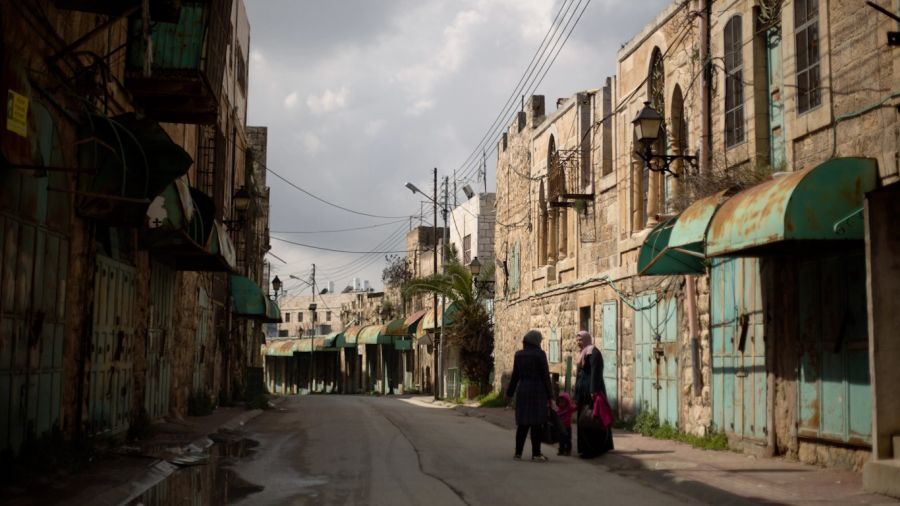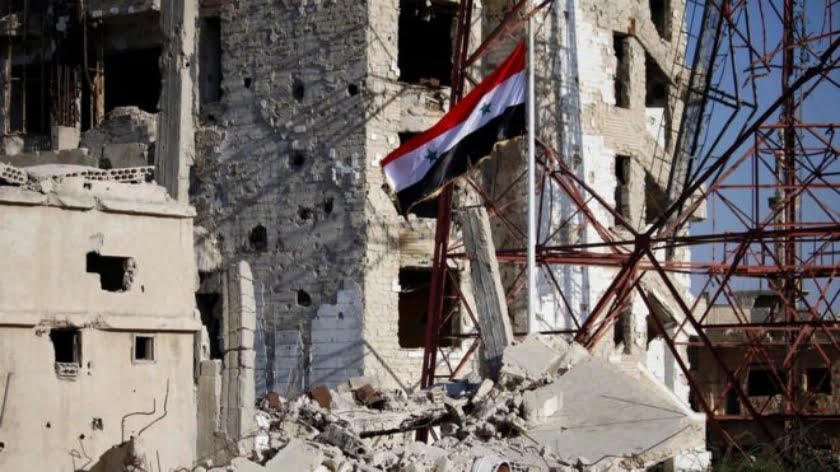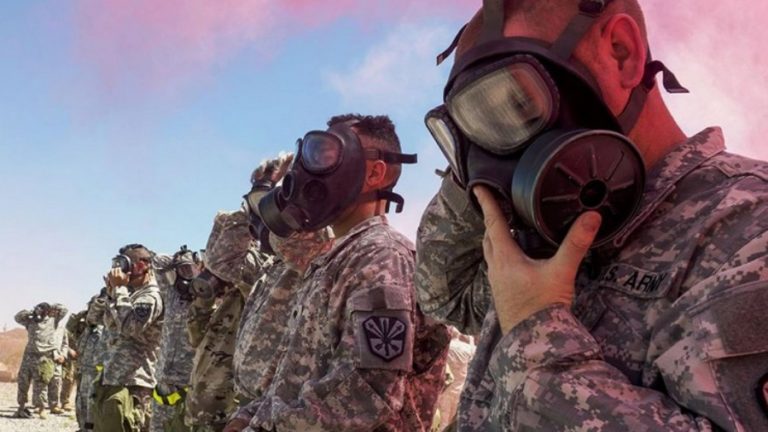Hebron, Palestine: An Ancient Gem Ruined by Apartheid and Occupied by Settlers
Far too often we focus on the problems that plague Palestine because of the Zionist occupation. However, from time to time it is important to remember the rich heritage and unique resources that exist in Palestine: its beauty, history, architecture, and how the Palestinian people have faithfully and lovingly maintained the historical heritage of this unique land.
Hebron
A city that is far too often in the news for the violence and racism that Zionist settlers and the Israeli army constantly force upon this town, it is in fact an ancient gem. It contains within it one of the finest Jewels in the crown of Palestine. I was fortunate enough to see the beauty of this ancient city with a friend who is a son of this city and who loves and knows the city as one who loves and knows his home.
When driving into Hebron from Jerusalem I like to enter through what is the main city entrance off of route 35. This gets me right into the heart of what is known to be one of the largest, busiest, and economically wealthiest Palestinian cities. There are very few places that stand out for their beauty in this otherwise dusty bustling city. It consists of streets upon streets of dusty roads filled with cars and shops. But this is the main city, the modern Hebron.
It takes me about ten kilometers before I reach the spot where I park my car and walk into the Old City, where I climb onto one of the most magical spots in Palestine, Tel-Rumeida. It is a small hill with Roman ruins and olive trees whose trunks tell you that they are as old as time.
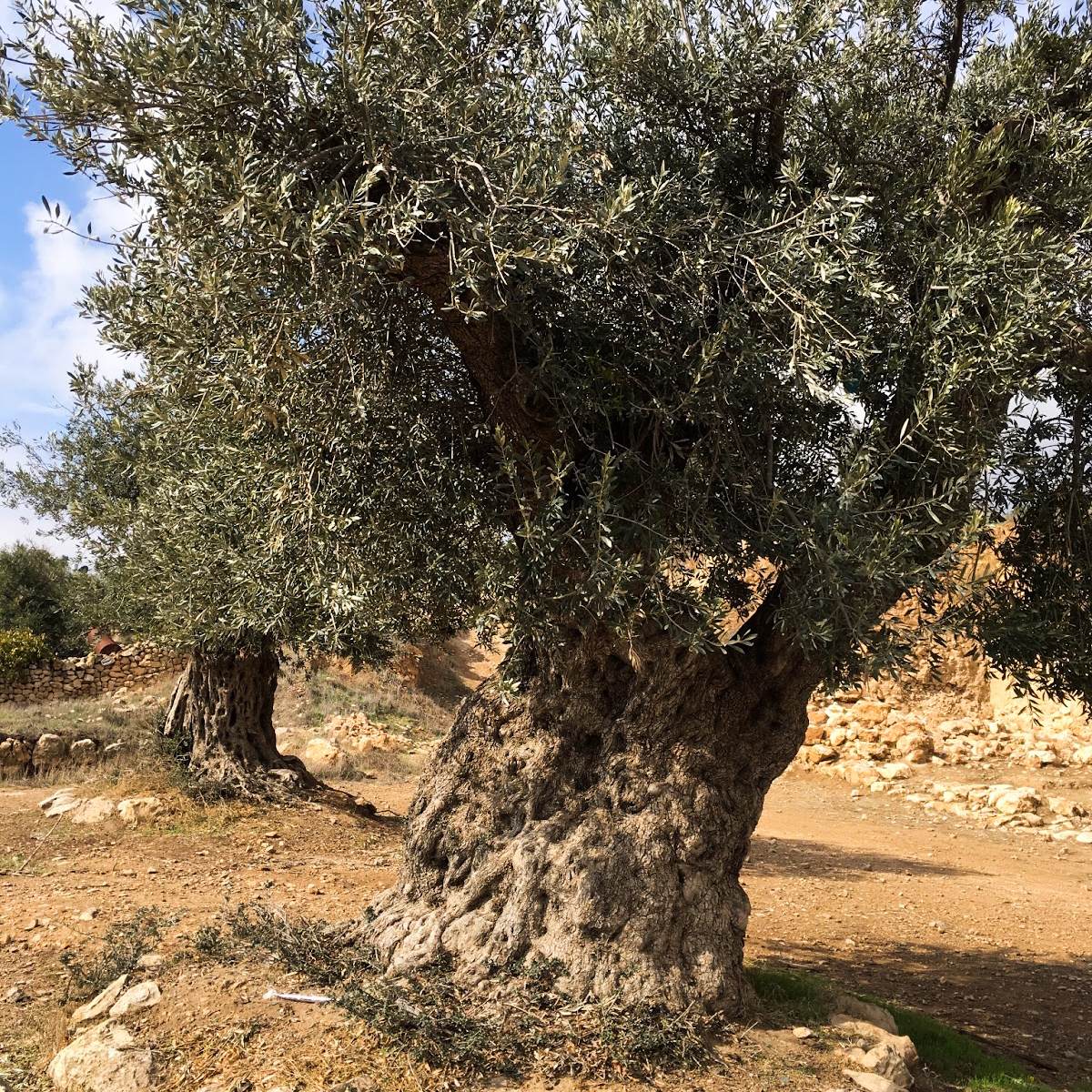
From Tel-Rumeida one can enjoy the remarkable view of the entire old city of Hebron, or as it is known in Arabic, Alkhalil.
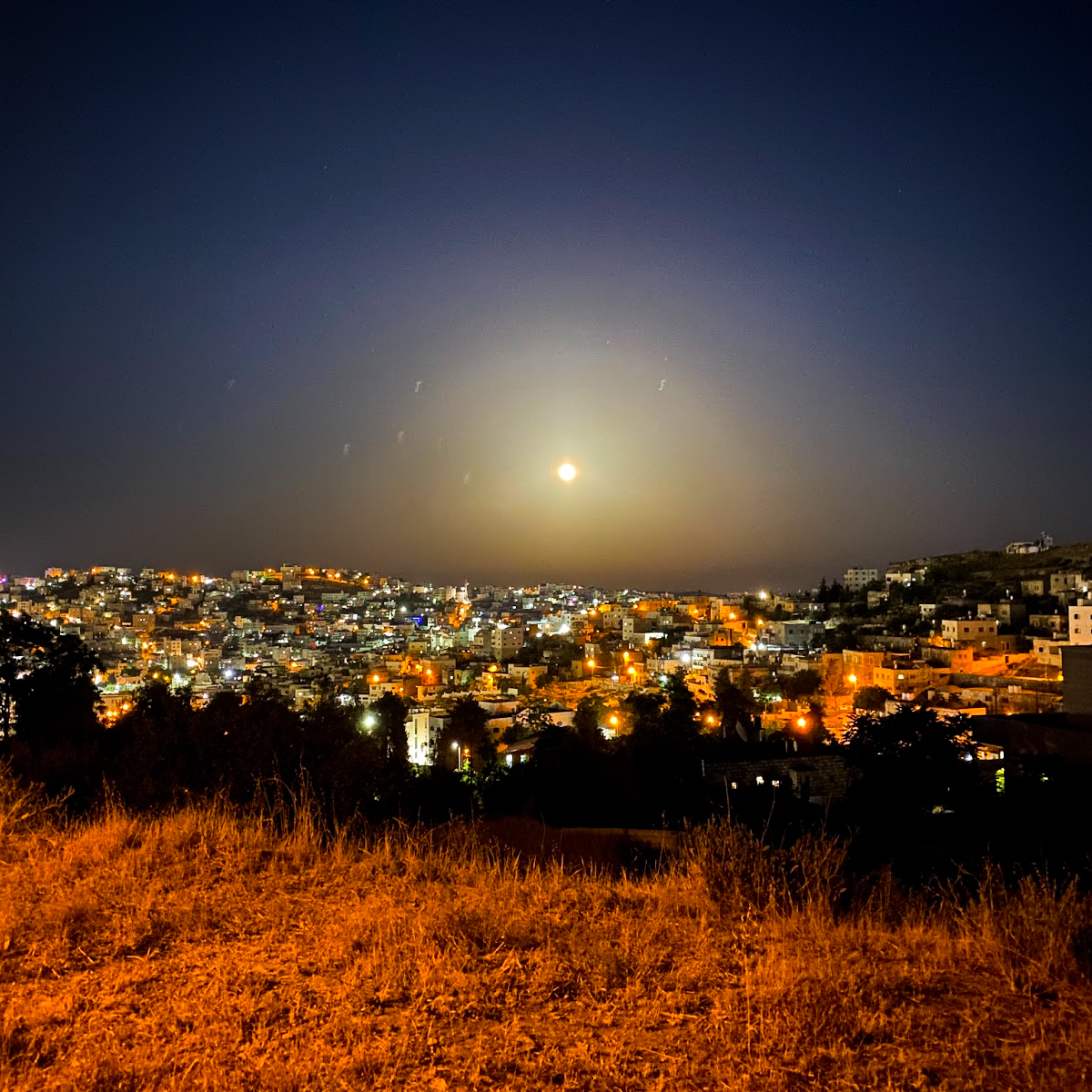
The filth and destruction caused to the old city by Israeli settlers and soldiers are evident almost everywhere. This is true to the point where Palestinians had to erect special protective covers to the city’s market for fear of having rocks, cinder blocks, and filth thrown at them by Israeli settlers who have taken over many of the apartments above the market. However, we will ignore these cancerous cells who try to kill the city and its life in this article and focus on what was created by centuries of Palestinians that is now protected by the ones who still live in the city.
Hidden alleyways
Walking into the Souk, or market, we slowly approach the old city. We walk through winding alleyways with arches, hidden as though trying to protect themselves from the settler-induced destruction that is taking over the city like a cancer. People are living in homes built by the Mamluks, who ruled Palestine from the end of the thirteenth century to the beginning of the sixteenth century, or the Ottomans, who governed Palestine from the sixteenth to the beginning of the twentieth century. Children are seen running and playing through these allies which were paved in stones that were set there centuries ago.
Here and there, one will find a cafe or restaurant, or a specialty shop. We whisked quickly through these alleyways when I noticed a bright light from a small open door. We entered to find a cave, with what looked like the treasure in the cave of Aladdin. It was one of the more famous glassware workshops in the city. Hebron is renowned for glassware and this shop/workshop was the finest in the city. How we came across it seems like a mystery now but it was truly magical.
This was The Land of Canaan glass factory, a well-known and respected institution in the old city of Hebron, maintaining one of the old traditions of the city. Glass blown into vases and cups and whatnot, with the typical Hebronite blues and teals. All hand made and some delicately hand painted with lovely intricate designs.
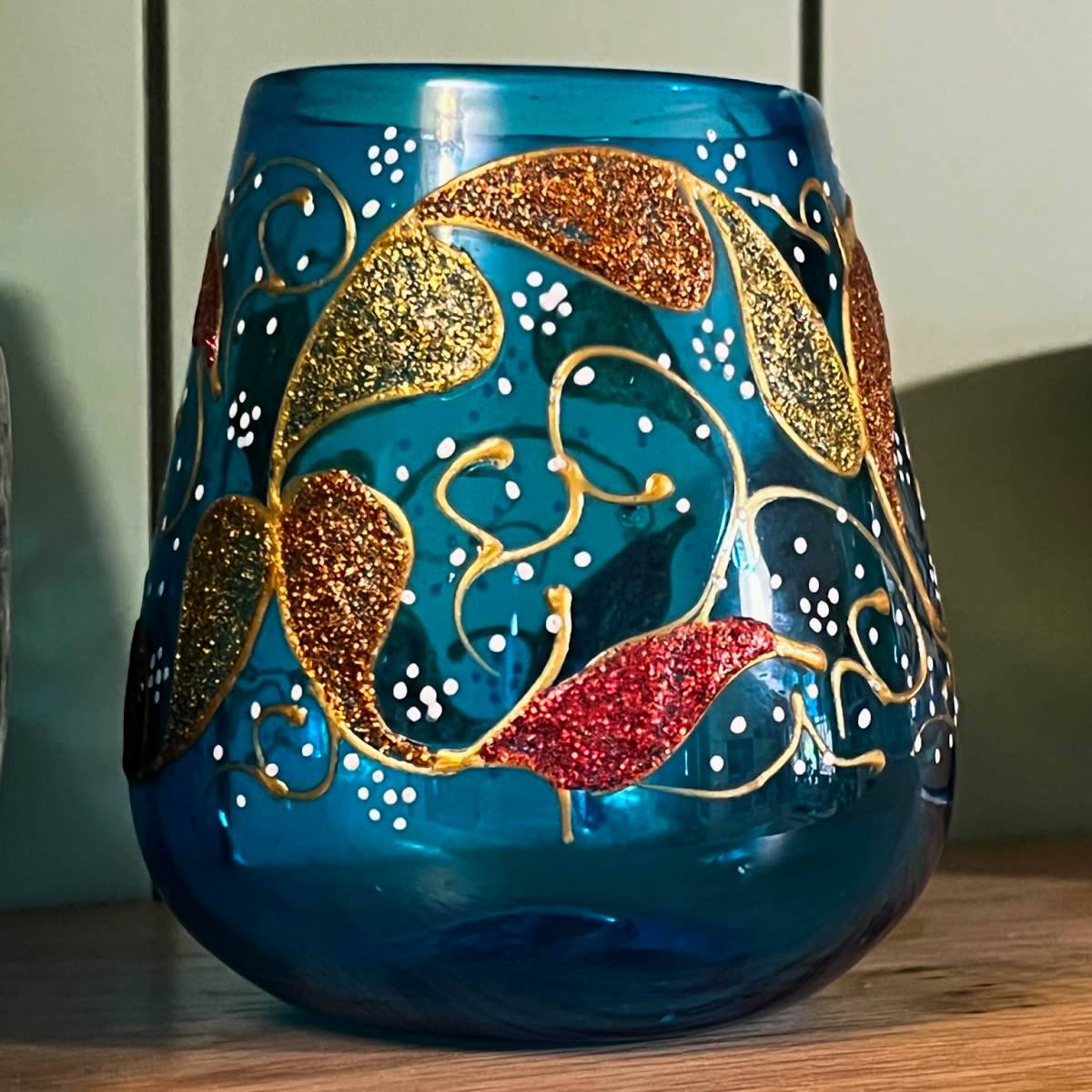
The Mosque
The most impressive and imposing structure in Hebron, and what gives it its religious significance is the Ibrahimi Mosque. Said to be built over the cave, which according to religious tradition, was built by the patriarch Prophet Abraham, or Ibrahim, who purchased it as a burial site for him and his family. The site has been used as a place of worship for Jews, Christians, and Muslims for several millennia. The imposing walls are said to have been built by King Herod, the arches and windows by consecutive Muslim builders and architects.
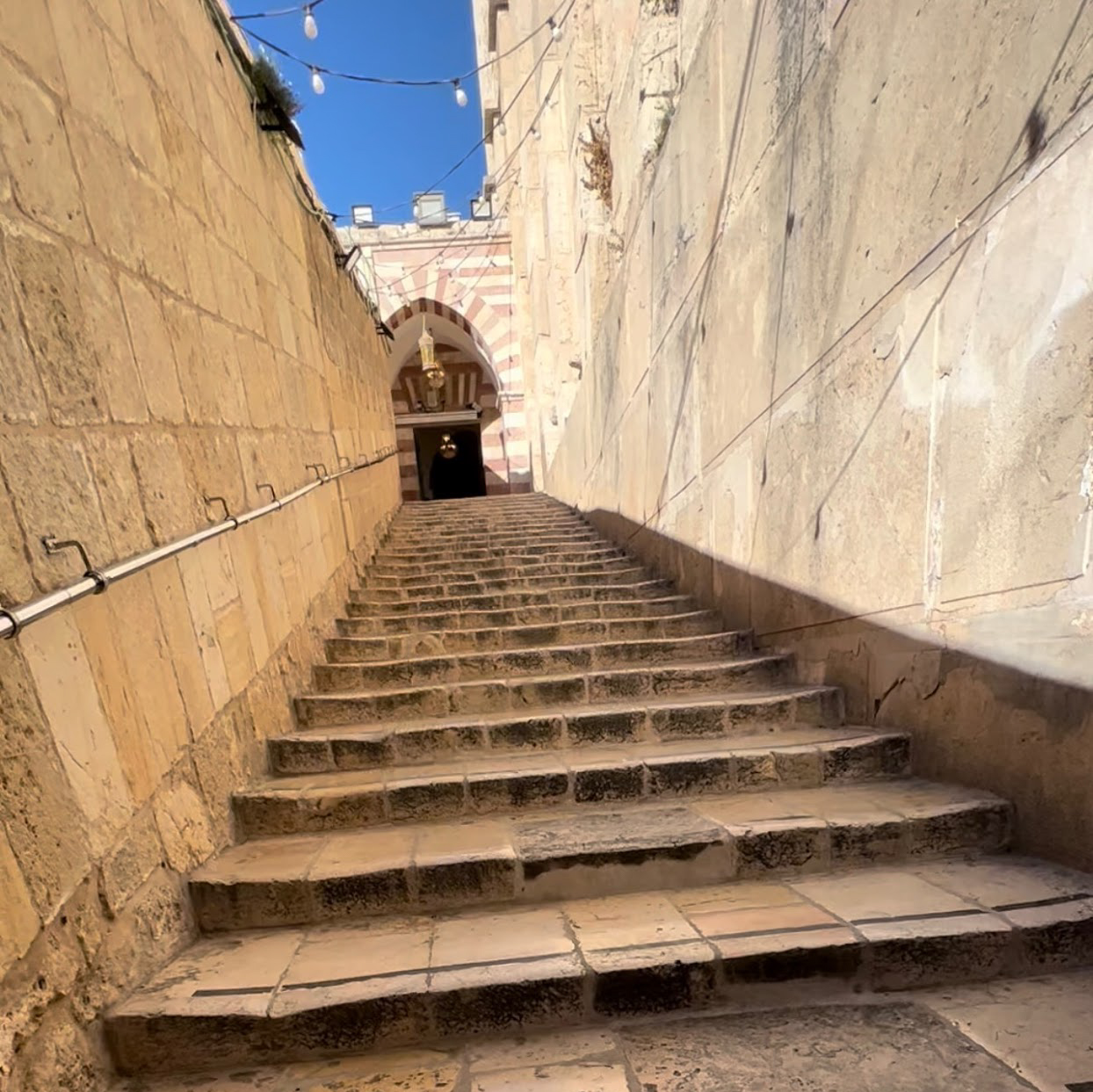
The intricately designed rostrum, or manbar in Arabic, is the oldest and one of the most beautiful in the Islamic world. It was placed there by order of Salahaddin in the twelfth century and is still used today for sermons.
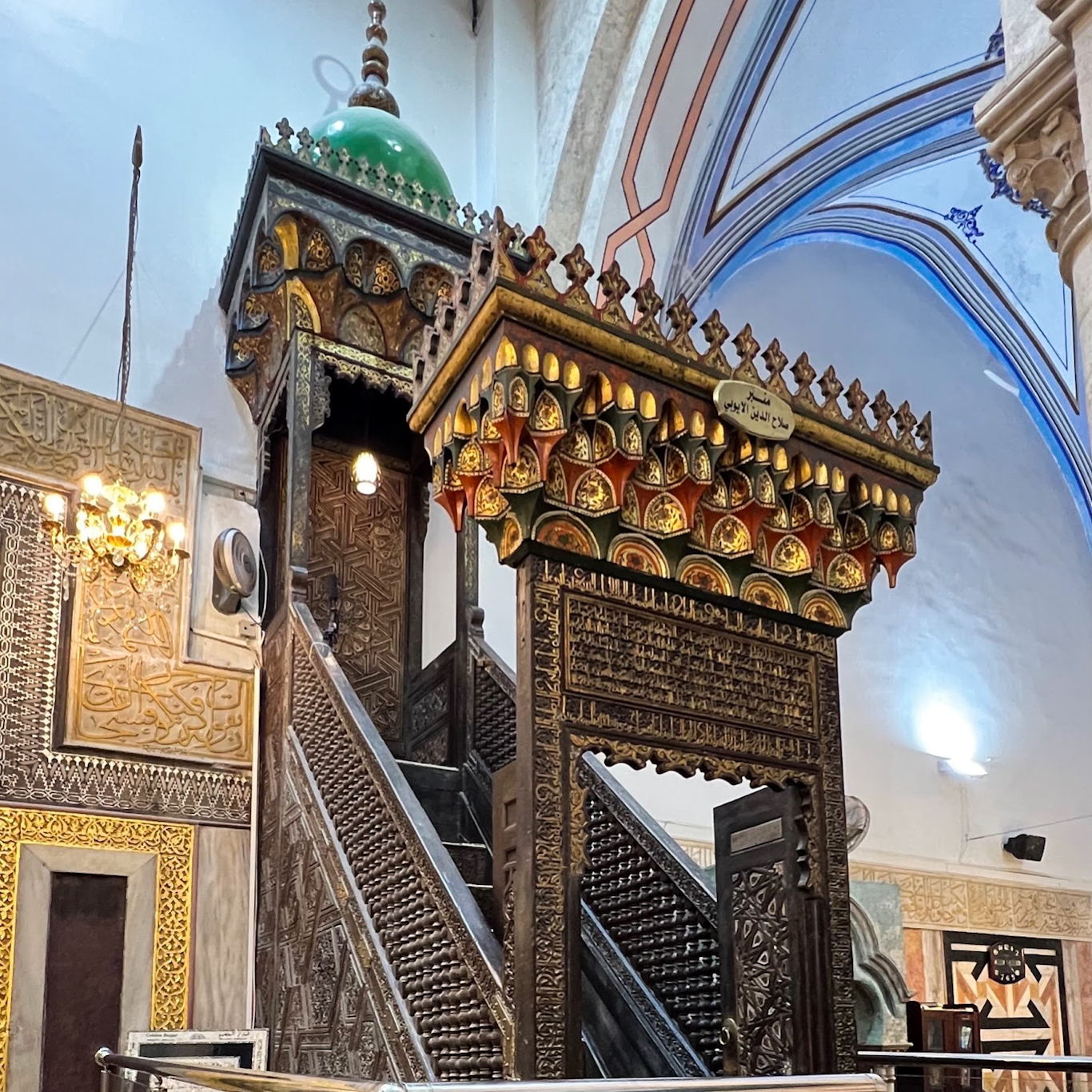
A stone plaque with an inscription in Greek is still set in the wall of the mosque. It is said to have been inscribed by Helena mother of Emperor Constantine in the fourth century, at the time that the site served as a church.
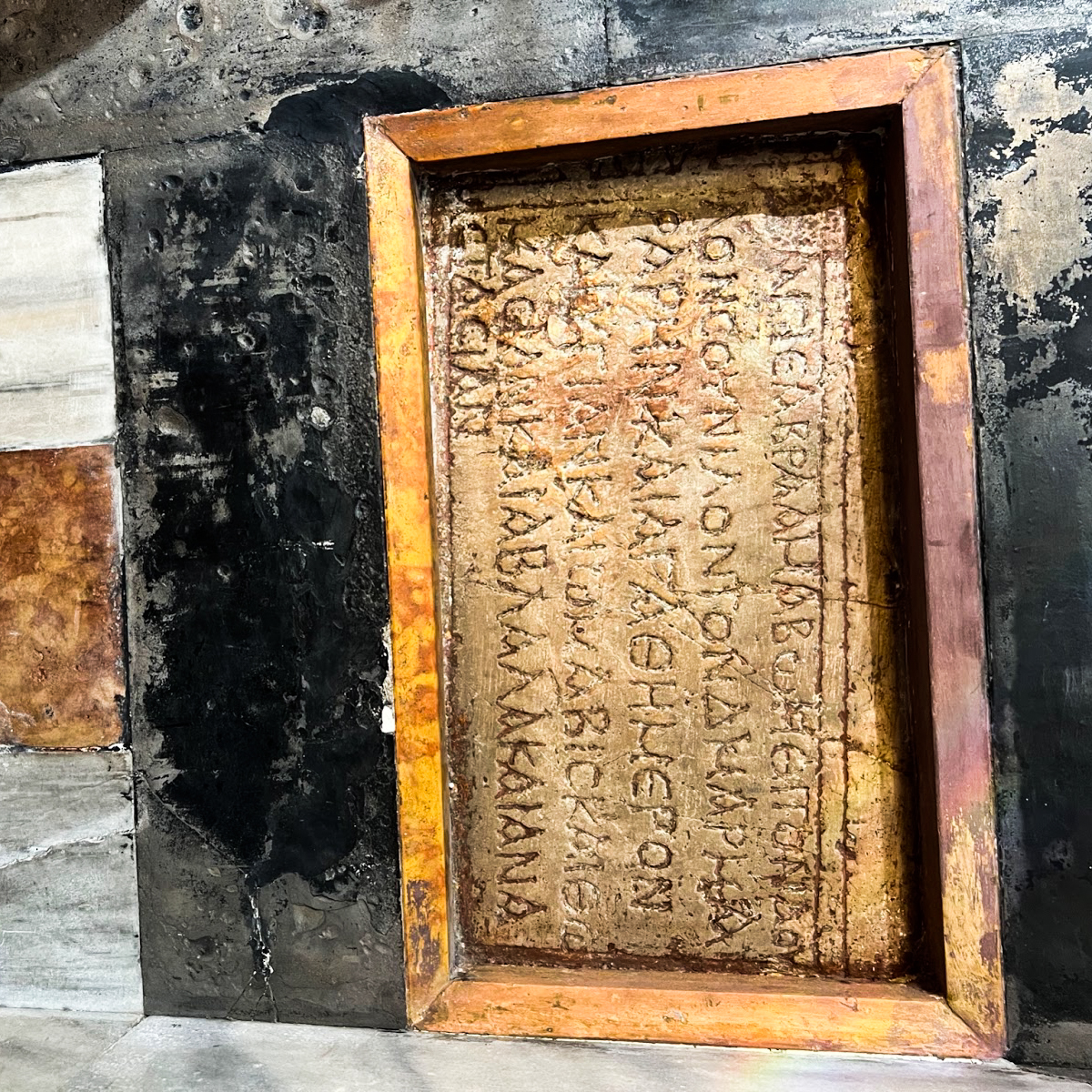
Until 1948, the site was used for mixed worship. Jews and Muslims worshiped side by side at the times of their services. After the Zionist occupation of Palestine, it was decided that the city of Hebron along with an area of Palestine that was designated as “The West Bank,” would be governed by the newly created Hashemite Kingdom of Jordan.
Following the 1967 Six-Day war, Israel occupied the West Bank and Jews again began to visit the site. A portion of the mosque was slated to be designated for Jewish worship, but until 1994, Muslims and Jews worshipped there together. Because the Jewish settlers who came to Hebron after 1967 were not the Jewish residents who lived there prior to the Zionist occupation of Palestine, tensions were high.
These Israeli settlers are a new brand of colonial Jews, so to speak – violent, racist armed, and hate-filled. They wanted the Muslims to have no part in what they considered a Jewish site. Eventually, on February 25, 1994, during the month of Ramadan, a Jewish settler, who was an officer and a doctor in the Israeli army came to the mosque and sprayed the worshippers with his semi-automatic rifle. He murdered 29 worshippers and injured over 150 before being overpowered and killed.
At that point, the Jewish settlers got what they wanted and a large part of the mosque was separated for Jewish-only worship. Severe restrictions were placed on Muslims but the settlers along with soldiers enter the mosque whenever they wish, not bothering even to remove their shoes as is customary to do when one enters a mosque.
Political change, not charity
Palestine is a rich country. As is exemplified in the city of Hebron, Palestine which is endowed with resources and a heritage that is equal to none. Contrary to the way the West likes to view Palestine, it is not a country that needs charity but demands political change. Palestinians are neither beggars nor terrorists but a people who are fighting for what is theirs – the right to live free and independent in their homeland: Palestine.
Feature photo | Palestinian women walk in a street where shops have been closed in the Israeli occupied West Bank city of Hebron.

